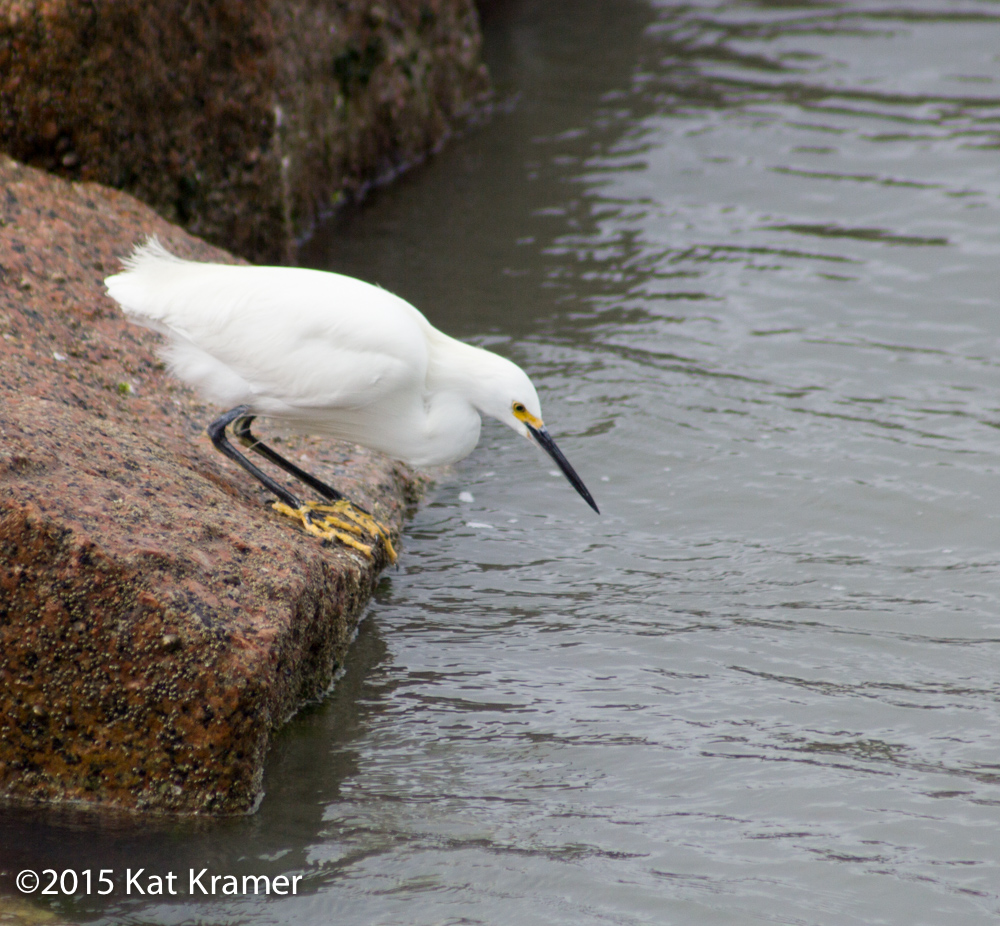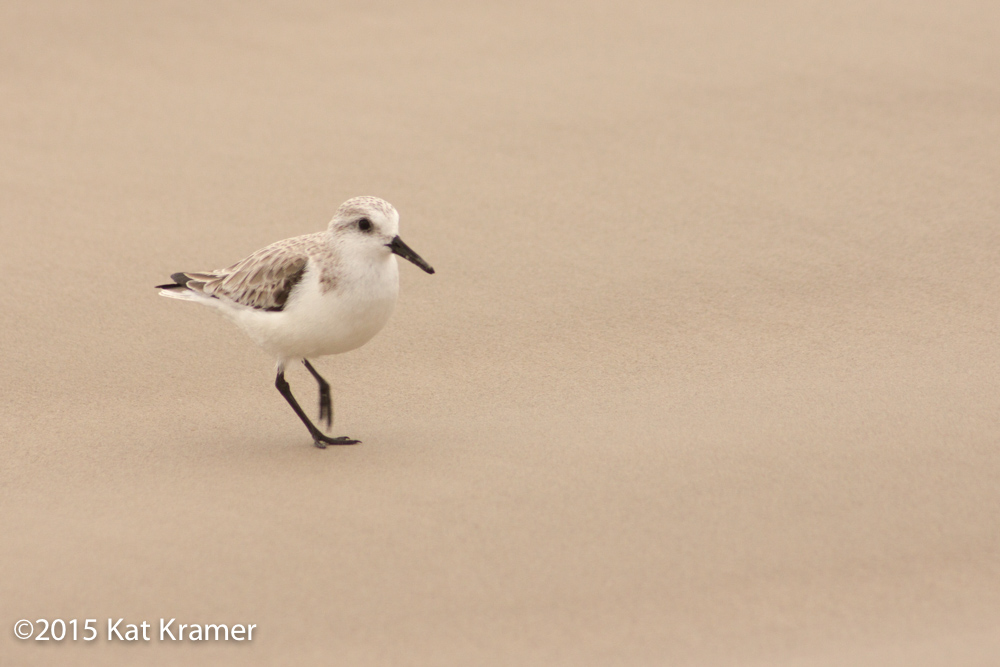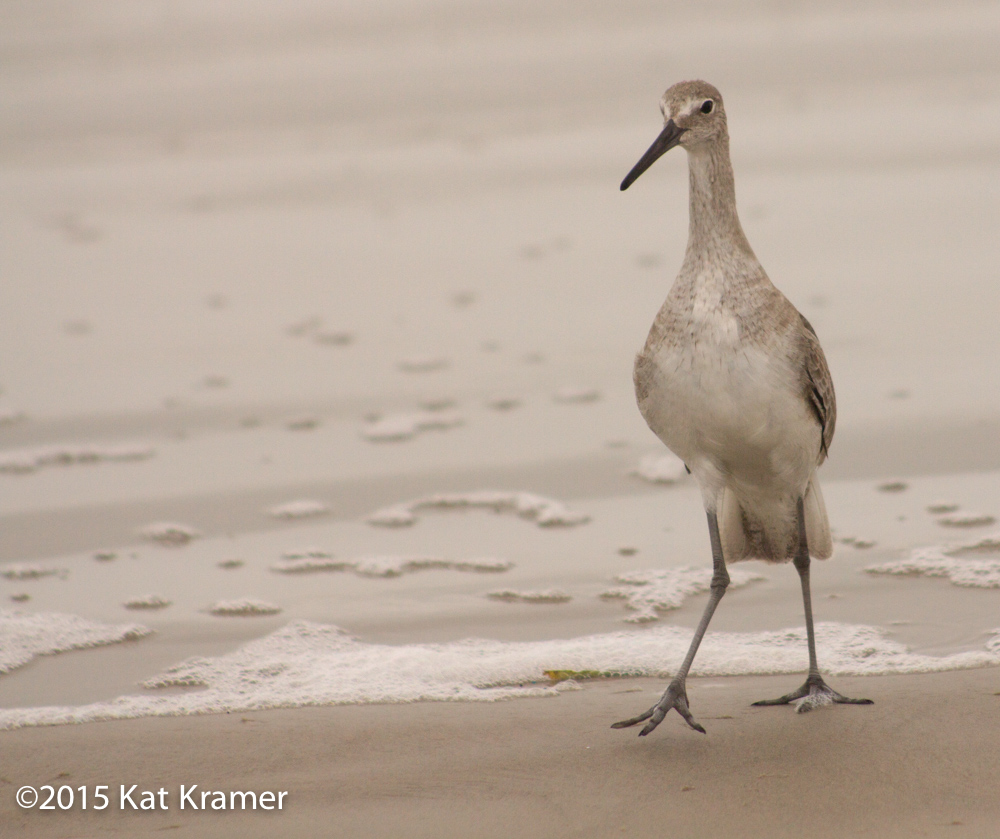We recently moved, and a couple of days ago I was unpacking boxes. I admit, I got lazy and left a couple of flip-top containers on the back porch, and when I unpacked them, I realized that I had a small disaster on my hands. There were damp paper towels in the box, and a small puddle of water in the bottom. All of my expensive jeweler's files were covered with rust.
I decided to tackle the worst one...the flat file, fourth from the right.
Luckily, my expensive Fretz jeweler's hammers were fine, with no rust to be found on them. A testament to Bill Fretz's excellent craftsmanship.
But what to do with the files? And these are not your run-of-the-mill Home Depot or Harbor Freight files. These are my good $35-40 European jewelers' files.
I posted a question on a forum, and got several recommendations, ranging from Barkeeper's Friend to muriatic acid (from Kevin Potter, metalsmith extraordinaire and maker of the wonderful Potter Hydraulic Press for jewelers). As my mind wandered back to a college chemistry experiment where we used acid to dissolve a paper clip, I worried even more! Could the acid destroy the file?
But since the only "acid" I had on hand was vinegar, I chose to use the recommendation of another jeweler, Catherine Franz, on that technique. I still had no idea what to expect, since a file has a lot of tiny crevices.
It was a miraculous solution to the problem!
DISCLAIMER: I'm providing the information for you to use at your own risk...this worked on my files, and I've copied those instructions here faithfully. However, I can't be responsible for any damage done to anyone's tools! :-)
Step 1
I soaked the file in a glass dish of regular household vinegar, propping up the tang/handle of the file on a drinking straw to raise the surface off the bottom of the dish. I was really surprised to see the vinegar attack the rust. (click on the image to see the bubbles).
Step 2
I did NOT do this when I cleaned my file, but in hindsight, I should have scrubbed the file occasionally with a fine-bristle, soft brass brush or stiff toothbrush. The rust acted as a "resist," and could potentially leave a surface that's not perfectly flat. Here's a link to a brass brush similar to the one I used.
Step 3
I left the file in the vinegar for 24 hours (accidentally!). It was in the the hot Texas sun, but heating the vinegar slightly might give it a good start.
Step 4
I made a paste of baking soda and water, then used a toothbrush to clean the file and neutralize the acid. I rinsed and dried the file completely.
Step 5
I used machinist's oil to oil the file, and dabbed away the excess. I ordered some Starrett Tool and Instrument Oil from Amazon.
Anyway, my file is in better shape than it was before! Here's the result...click the image to view it larger.
The cleaned file (click to enlarge)
















